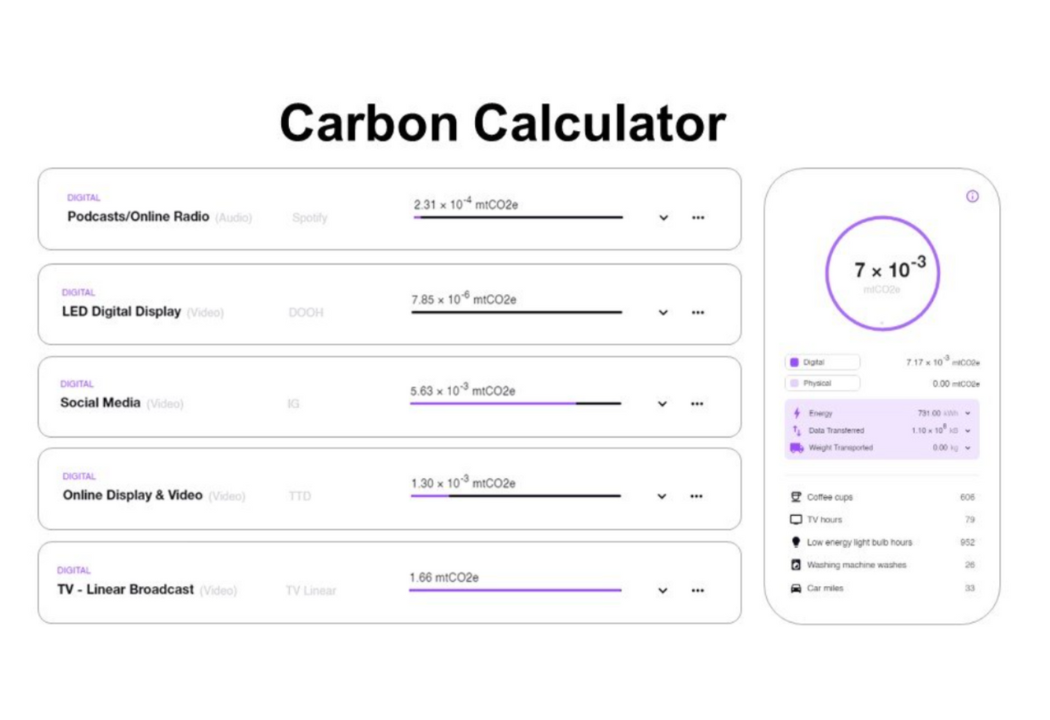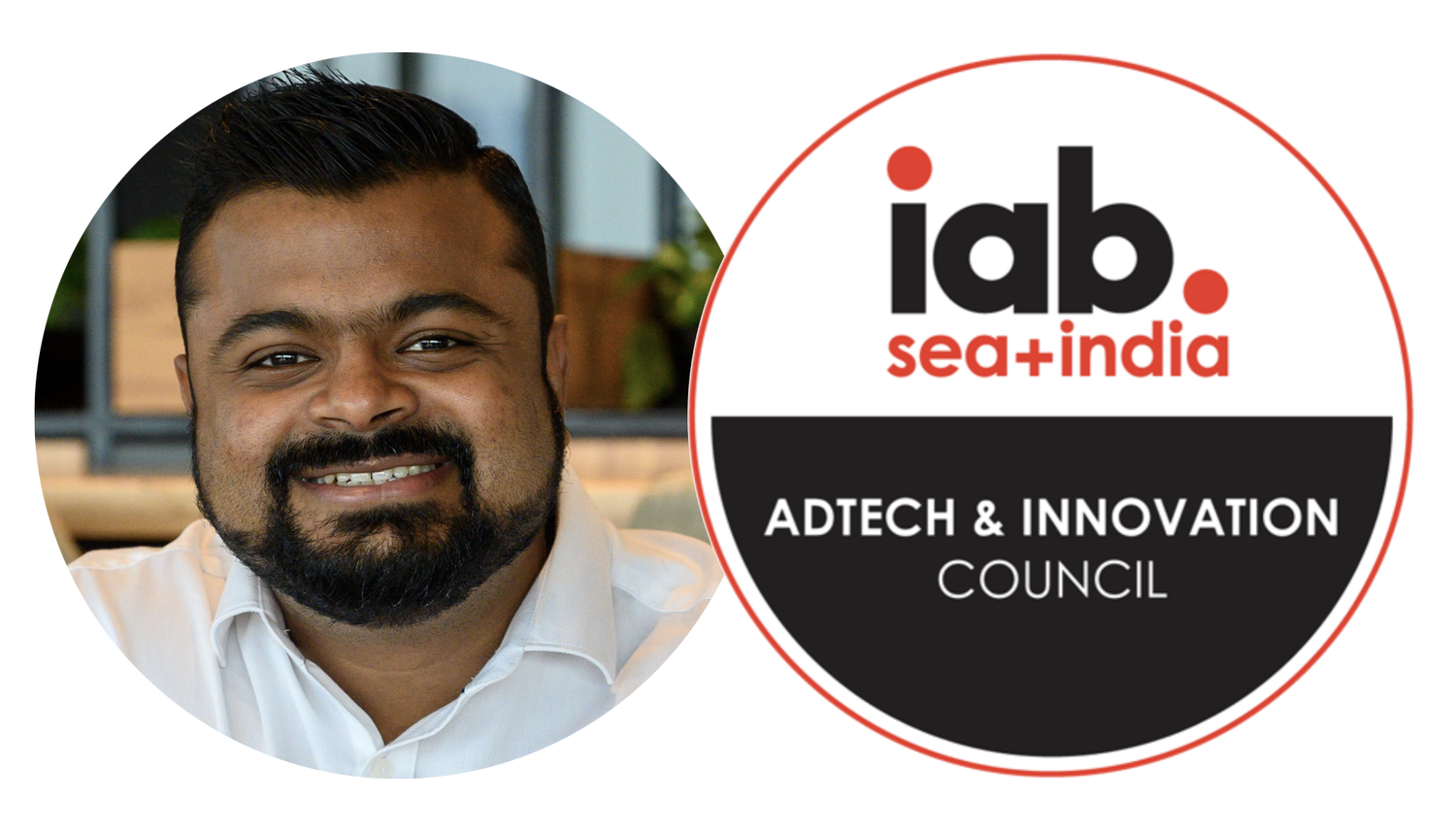
Author: Dhruv Menon, Mindshare | Member IAB SEA+India AdTech & Innovation Regional Council
As we move into a world that is increasingly concerned about our impact on the environment and each other, we see that a growing majority of consumers under the age of 40 consider a brand’s position on social equity, gender equality, clean energy and climate action before making purchase decisions. This has catalysed more and more organisations to start changing the way they do business to stay relevant to their consumers.
In media, we see a similar trend too, resulting in the rise of a variety of unique and innovative solutions in this space, but just like all new frontiers, this can present a cluttered landscape and leave marketers confused and indecisive on the way forward.
So, how do we approach this in a way that makes sense of everything and drives measurable outcomes while not over-complicating things? By going back to the tried and tested rules of activating digital media – analyse, derive insights, enact changes, and measure impact. This, of course would need to be enabled through a framework that uses these rules in conjunction with the power of the new solutions and technology in the space.
The 3R Framework:
1. Report – Report on and understand current digital carbon emissions and Diversity, Equity and Inclusion (DE&I) inclusivity of media investments by campaign, channel, publisher, device and more. This empowers advertisers to make more sustainable media investment decisions.
2. Reduce – Reduce carbon emissions and DE&I risk levels by improving current digital buying/planning practices to be more sustainable. This helps shift investments to greener and DE&I-friendly partners.
3. Remove – Remove carbon footprint and DE&I risk levels of media buys by shifting spend to sustainable partners and incentivising publishers to reduce their carbon footprint and high negative DE&I sentiment inventory.
#1 DECARBONISING YOUR MEDIA ACTIVITY
Carbon Emission Measurement Solutions (such as Scope3, Sphera, Terrascope) harness the power of machine learning-powered algorithms to accurately predict the emissions of media activity at an impression level. This helps media buying teams precisely understand the components of the campaigns (creative, publisher, platform, audience etc) that contribute to higher carbon emissions and enables analysts to benchmark and create thresholds of the same for optimisation.
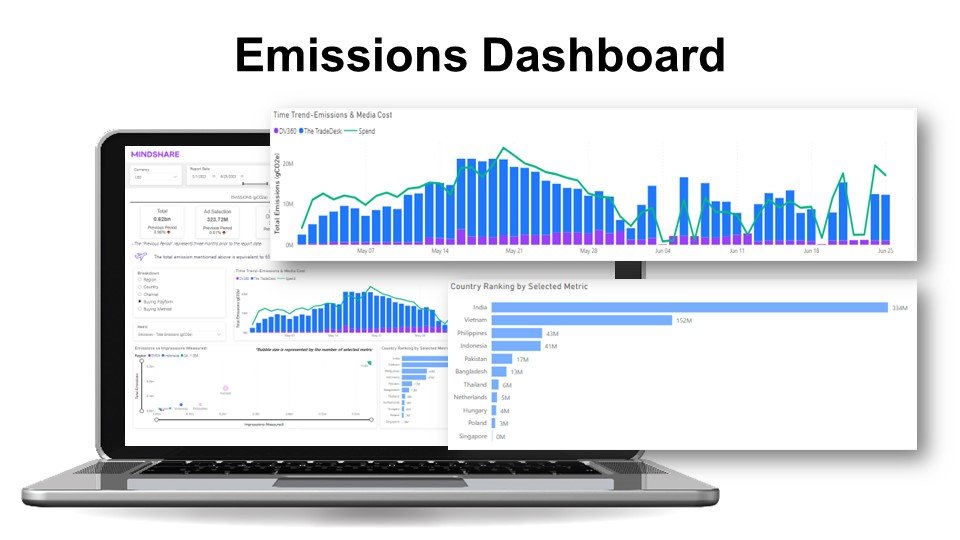
Carbon Calculators (such as IPA, GroupM Carbon Calculator, Good-Loop) use the power of predictive analytics to determine the carbon emissions that a campaign might have if executed. Like Emission Measurement Solutions, they also harness the power of machine-learning powered algorithms to enable instant predictive models for marketers to use when planning campaigns.
Creative Optimisation Solutions (such as SeenThis, Teads, Goodeed, NEXD) use existing technologies such as buffering or streaming to deliver ads to customers, significantly reducing data usage and thereby carbon emissions.
Areas of Creative Optimisation:
-
File size – plan creative production according to the optimal file size
-
Ad duration – plan creative production according to the optimal video duration
-
Green ad formats – buy premium ad formats that reduces or offsets carbon emissions.
Campaign Optimisation Solutions such as pre-vetted low carbon emission Publishers, optimising the Supply Path, Green Private Marketplaces (PMPs) and reducing non-direct access to publisher inventory also go a long way in delivering lower carbon emissions.
Areas for Campaign Optimisation:
-
Trusted Publisher Networks (TPN) – Include DE&I and Emissions as a mandatory requirement for Preferred Partner status
-
Demand Side Platform (DSP) – Implement carbon reduction segments
-
Supply Side Platform (SSP) – Activate green PMPs via SSPs or decrease investments on high carbon SSPs
-
Resellers – Reduce non-direct access to supply by decreasing resellers
-
Tech Partners – Leverage partner’s technology to reduce carbon emissions.
Understanding/Auditing your Publishers’ Business Practices by collaborating with independent auditing organisations (such as IIX), they enable marketers to understand how inclusive Publisher’s internal practices truly are. These ‘Impact Assessments’ also help Publishers understand the areas that they need to work in to be more inclusive organisations, which in turn result in better business outcomes for themselves.
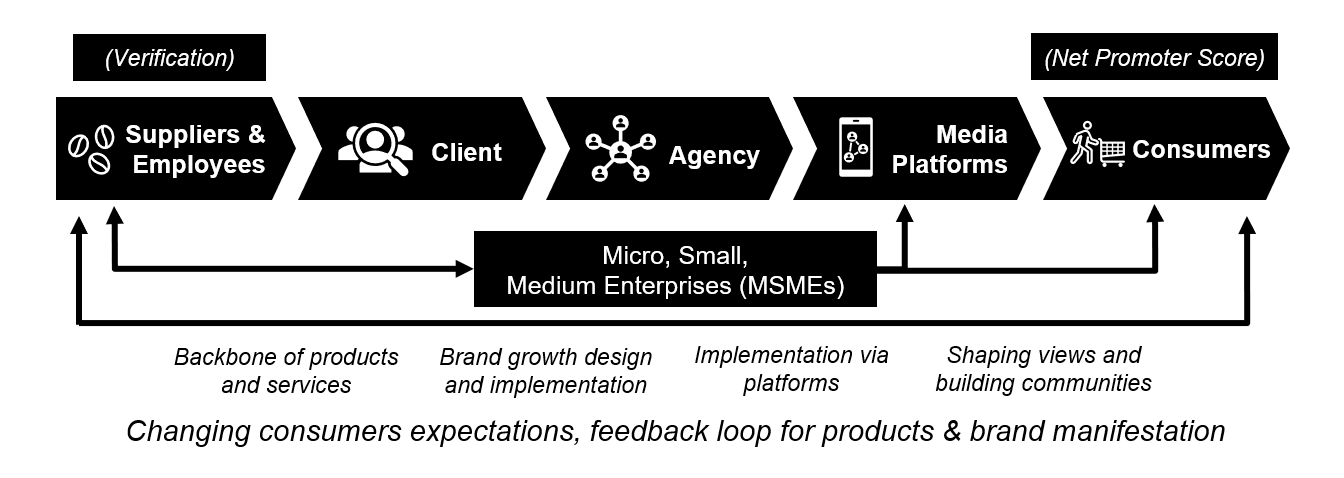
Harness the power of AI for Content Analysis to understand the true context, nuances, and themes across your marketing activity at scale using the power of natural language processing, video recognition, and speech analysis, and determine the inclusivity levels or majority biases that exist in the content that ads are shown against. This enables marketers to move spends towards more positive, diverse, and equitable content.
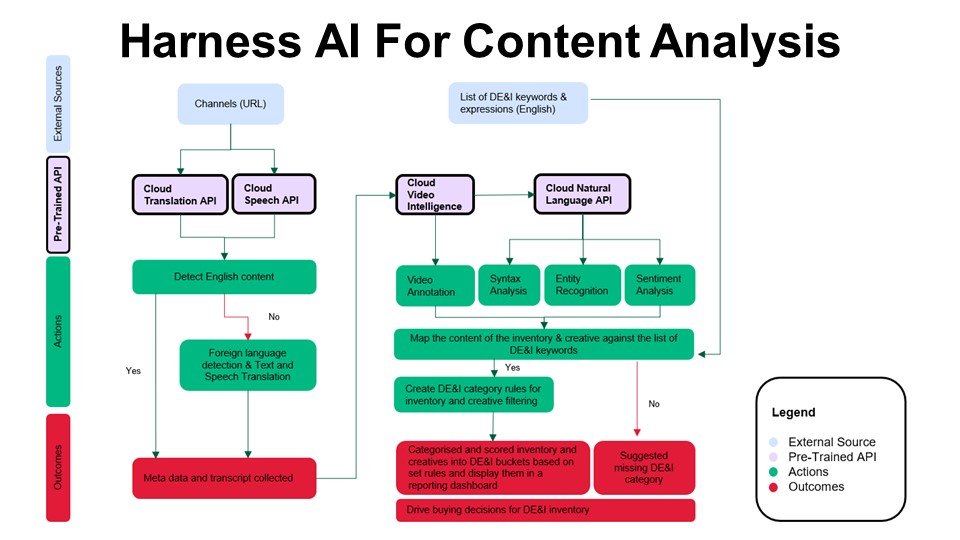
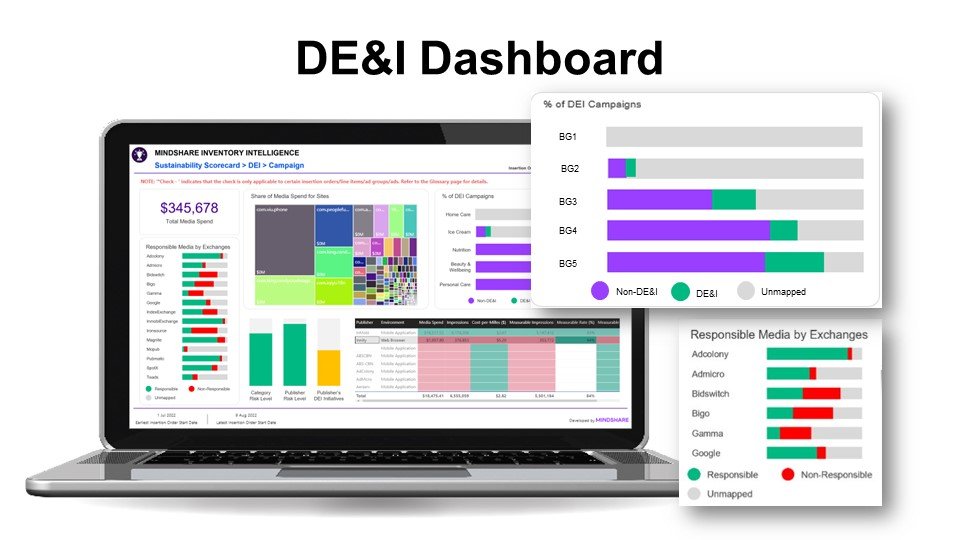
Inclusive Marketplaces of Publishers who have taken steps to ensure the inclusivity of their content and have been pre-vetted for equitable business practices, enables marketers with a menu-styled set of options to invest media budgets on across a diverse set of content, thereby simplifying the activation process and making it easy to buy media on inclusive content.
Inclusive Channel Planning by working closely with media platforms, enables marketers to be inclusive and diverse in their media planning while staying true to the primary objectives of their media activities. For example, working with the partners to build campaign deployment guides and inventory lists that are DE&I friendly.
Rooted in the APAC realities of budget restrictions, cultural dissimilarity, and capability variance, by using the right approach and set of solutions, marketers today would be able to make a significant impact in their media activities irrespective of their budgets or size. Similarly, by seamlessly fitting these into existing practices, marketers’ needs for additional upskilling may be minimized, thereby helping ensure positive business outcomes for all.

